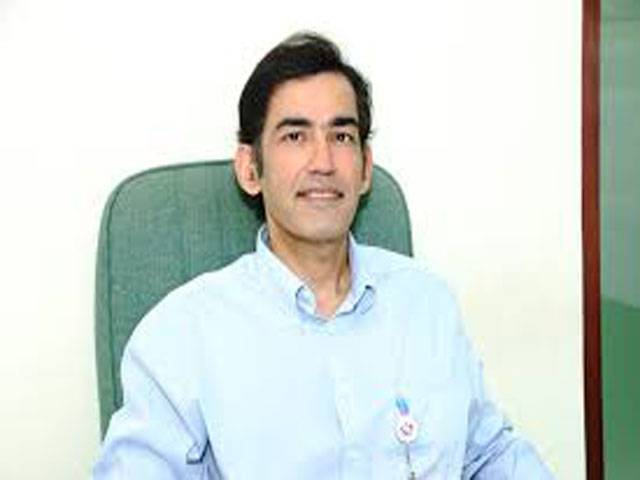LAHORE - TB or Tuberculosis is basically a disease which is caused by bacteria and spreads from person to person said Dr Yasser Hussain, MBBS, MD &FACP Consultant, Critical Care Medicine & Infectious Diseases.
He was talking in reference to World TB or Tuberculosis Day being observed every year March 24th and this year Shaukat Khanum Memorial Cancer Hospital and research Centre (SKMCH&RC) held an event in thisregard.
He said that "It is an infectious disease. It is more common in overcrowded places where people live in compromised and closed living conditions such as bad sanitary situations and absence of proper ventilation system. In these conditions, the bacteria easily transforms from one carrier to another. TB is more common in under developed countries where due to over population, governments are unable to provide proper health care facilities to large number of people. Another major reason of increasing occurrence of TB is lack of awareness among masses."
He said that "TB involves different changes in the body. This can cause infection in patient's lungs, brain and spine as well. Every patient of TB will get the symptoms based on the infectious part of his body. If the lungs are infected, the patient will feel difficulty in breathing followed by continues fever and cough and in the more severe condition patients may spit blood. Furthermore, if brain is involved there will be swelling in the glands of body, most commonly in the neck region."
"TB can also involve the spine. In that case patient may have back pain. The most common infected part of TB is lungs and most common symptoms are weight loss, low grade fever, sweating and decrease in appetite. If a person has any of above symptoms, he should immediately consult a doctor to get medical treatment", he said.
He explained that "there are certain pre disposing factors to TB. First of all if you suspect someone in your close community and in your daily contact is having any symptom of this disease, do not take it non-seriously. Immediately consult your doctor and get yourself examined. Undergoing the treatment is very important in this matter. The person who has TB becomes non-infectious after two weeks after the start of his treatment procedure.
He said that in efforts to reduce the happening of this disease, early treatment is very significant. Treatment of TB should start early and once the patient has received about two weeks of treatment and his sputum has come negative for the TB organism, the patient can be discharged but this is an ideal situation and most of the time it does not exist. While in hospital they can easily spread disease by coughing. As a precautionary measure do no go close to a patient who is coughing because if he has TB you can catch it. The doctor said that there are some patient populations who are at high risk for getting TB like those who are chronically on steroids, who have undergone transplant like renal, those with chronic lung disease to diabetic patients.
He said that these patients may develop symptoms of fever, weight loss, sweats or cough and should immediately go to hospital and seek medical attention to make sure they haven't acquired TB. People close to a TB patient should wear masks called N 95 which prevent spread of disease. If someone in hospital is diagnosed with TB, all the healthcare workers should be wearing N 95 masks. Most hospitals with good preventive measures about TB have a negative pressure room in which the patient is kept and that prevents spread of infection to other patients."
He said that in recent years, a new concept has come up which is called Directly Observed Therapy (DOT). "What used to happen was that patients who are given TB treatment, they were given medication prescription and either they didn't take the medication or took partial treatment. This result in spread of disease as well as spread of resistance and the organism became resistant so in DOT, the patient is directly observed by a health care visitor to take treatment and this has improved outcomes and has prevented the emergence of resistance. This is advised to most hospitals to use DOT for TB patients."
Talking about the TVB facilities available at Shaukat Khanum Memorial Cancer Hospital and research Centre (SKMCH&RC), Dr, Yasir said that "the hospital has a dedicated infectious disease clinic where we see TB patients who may not have cancer. Anyone with TB can come here and have treatment as we offer almost all medication which are available worldwide to treat TB. We have second line medication for treatment of resistant TB as well as the main medications. The infectious clinic has trained American Board Certified Trained Infectious Disease Doctors with more than 30 years of experience in treatment of TB."






